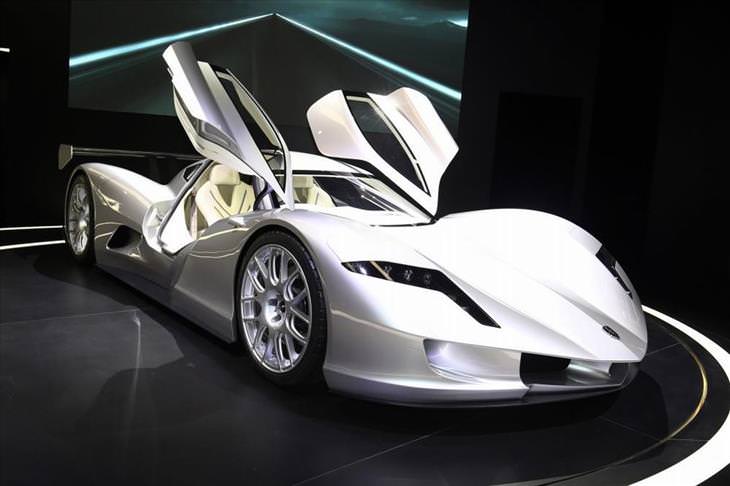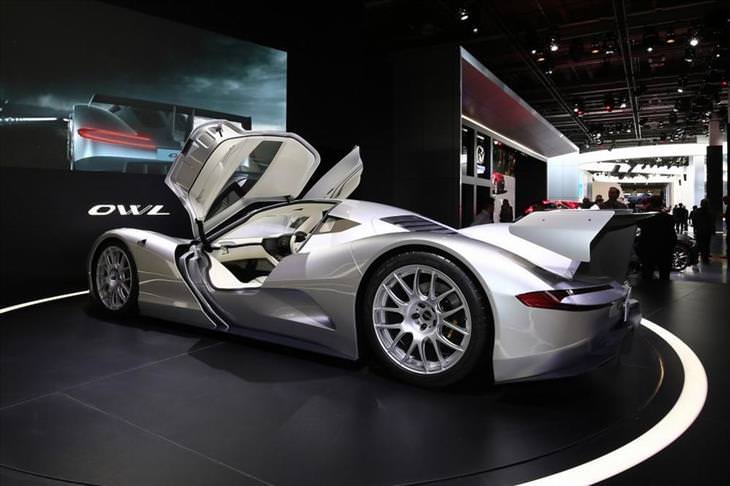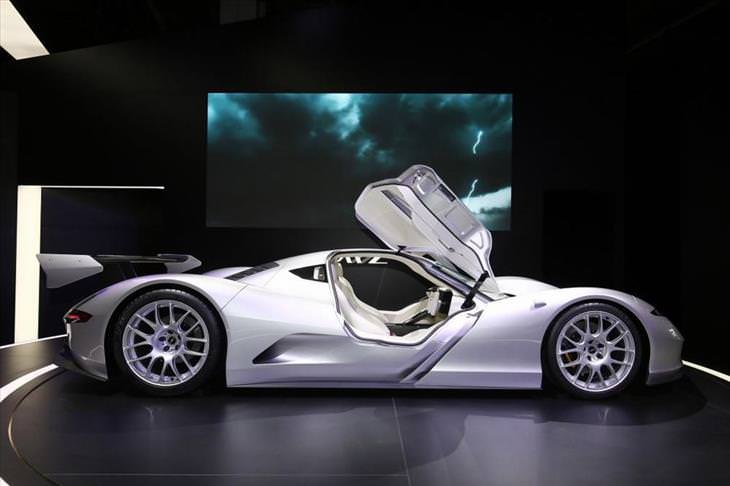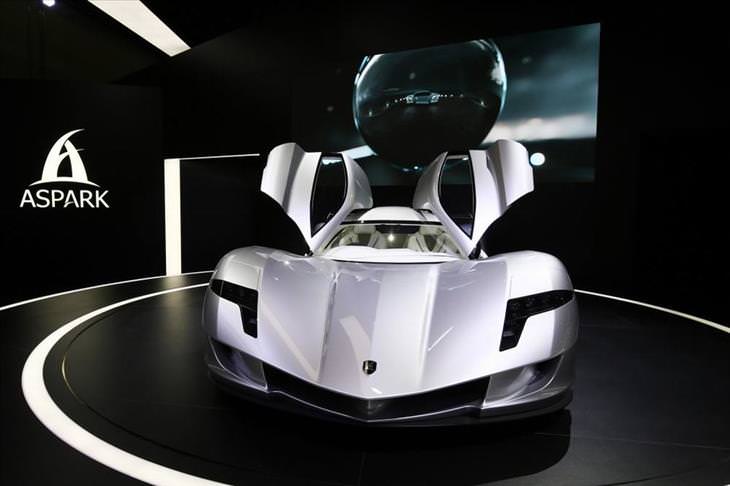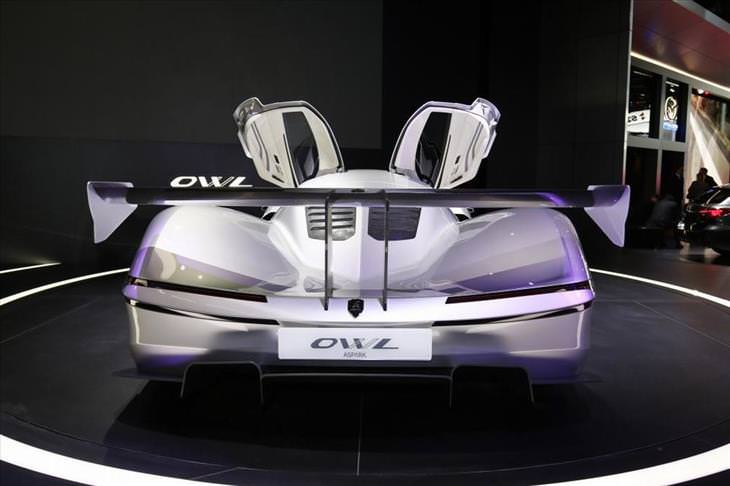
Fashioned out of carbon fiber, the Aspark Owl should be good for a 175mph top speed, but it’s undoubtedly the 0-60mph acceleration figure that’s the most impressive performance figure. In fact, Aspark claims that it’s now the fastest electric car in the world.
The interior is just as unconventional as the rest of the car, with digital infotainment displays ahead of the driver, in the center console and even underneath the driver’s side air vent. The wheels are made out of magnesium to help keep the car’s overall weight down.
What’s particularly special about the Owl is that Aspark has incorporated a completely new current-control technology to draw four times the amount of power from the electric motor than they are actually capable of producing.
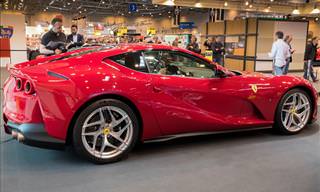
See How Ferraris Have Evolved Over the Course Of 7 Decades
Ferrari has come a long way in the 70 years since its founding by Enzo Ferrari. Take a look at the evolution of the company's automotive works of art.
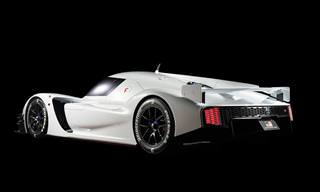
Toyota is Feeling Celebratory and Has Birthed a Monster...
Toyota recently took its first-ever victory at the 24 Hours of Le Mans, and wants regular customers to share the experience. Time to meet the GR Super Sport!
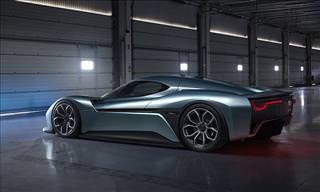
This Chinese All-Electric Supercar Is As Fast As They Come
Who would have thought that a Chinese company would build a car like this? Welcome to the Nio EP9, a 1,341 horsepower all-electric supercar.
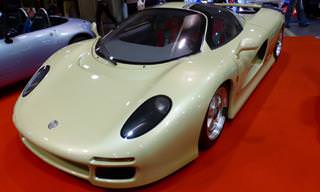
These Cars Are So Obscure, Even We Didn't Know About Them!
It's sad to think that some of these extraordinary sports cars are so obscure. Here are 10 highly obscure sports cars.
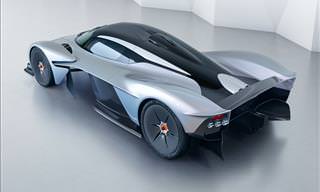
It's Unbelievable To Think That This Car Is Road-Legal!
Some 150 lucky individuals around the world will soon take delivery of their Aston Martin Valkyrie. Come and take a closer look at this F1 car for the road.
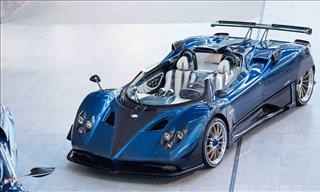
Only Three Pagani Zonda HP Barchettas Will Be Built...
The Pagani Zonda is a car model that seems to keep rising from the ashes. Its latest iteration, the HP Barchetta, is the most jaw-dropping yet. Take a look.
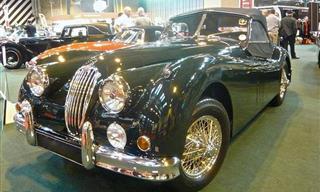
What a $130 Million Car Collection Looks Like...
This British man sold an incredible collection of cars worth over $130m...
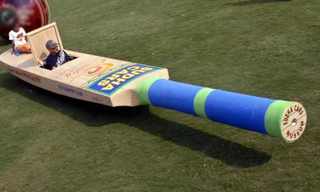
These Are the Strangest Vehicles I've Ever Laid Eyes On.
From a five person bike to giant monstrosities, these are some of the wildest designs for vehicles we've ever seen! Take a look!
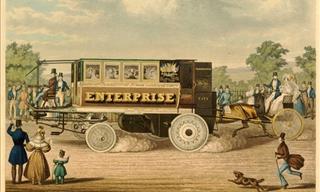
History's 7 Oldest Vehicles You Must Know About
Here is a look at some of history's oldest vehicles. While their designs may not appeal to us today, they certainly have great significance.
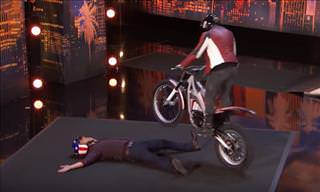 21:44
21:44
This Daredevil Motorcyclist Will Leave You Petrified!
Get ready to watch one of the most dangerous acts ever performed on TV, as a stunt motorcyclist performs a dangerous routine around Howie Mandel.
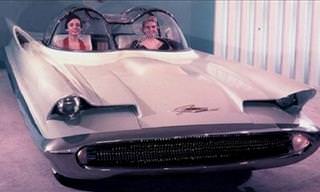
These Fascinating 1950s Cars Should Have Been Released!
Amazing cars that were made in the 50s, but were never released to the general public.
 10:04
10:04
Insanely Cool Modern Vehicles That You Need To See Now
Take a look at these insanely advanced and futuristic-looking vehicles that are set to make our lives easier in the future.
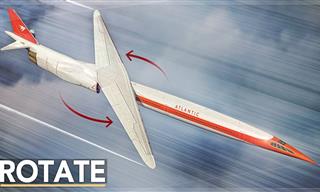 14:08
14:08
The Story of the Only Aircraft Built With Pivoting Wings
Did you know NASA once tested pivoting wing technology?
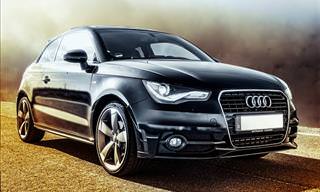
Maintain Your Car's Value Longer With These Top Tips
Cars often decrease in value over the years, but these tips will ensure that your car value will be maintained.
 9:20
9:20
You Feel like Royalty Inside These 10 Exotic Trains
Hop aboard some of the most luxurious train rides of the world in this video.
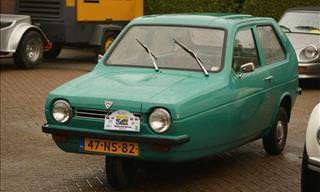
Yikes! These Cars Are Truly The Worst Ever Made...
Some cars are a really a blot on the world's roads. From hideous styling, to pathetic performance and alarming safety, these 15 are the worst of the worst.
 44:39
44:39
How the Spitfire Became the Most Iconic Plane to Ever Fly
This full documentary will tell you all you need to know about the plane that saved Britain from invasion and defeat during the Second World War.

Crazy! I Have Never Seen Vehicles Loaded Like This Before
I thought I had overloaded my car before, and been on some crowded buses and trains. But I have never seen anything like these overcrowded vehicles!
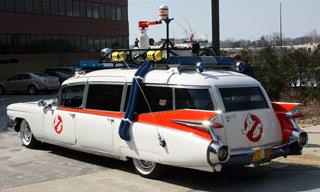
The Car, the Star: 12 Famous Cars From Movies and TV
There were many famous cars in movies and TV over the years, but some stand out above all the others. Here are the 12 most famous ever to grace our screens.
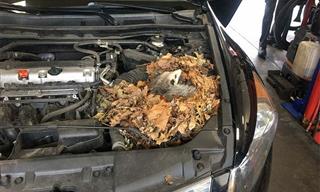
12 of the Weirdest Things Car Mechanics Saw on the Job
Turns out car mechanics regularly spot all kinds of crazy things on the job. Take a look at these 12 highlights
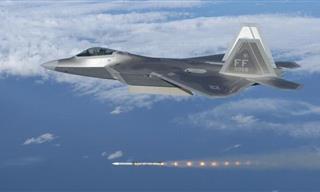
Invisible Warfare: The History of Stealth Planes
The most advanced stealth airplanes around the world are a technological marvel.
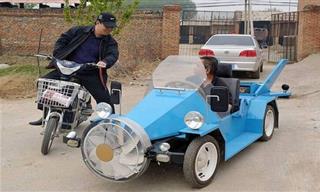
Unusual Vehicles: The Craziest Rides You’ll Encounter
Are these the craziest vehicles you’ve ever seen?
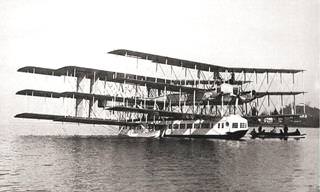
It's Incredible That These Weird Planes Ever Took Flight...
Some very clever men have created some extremely weird vehicles in the past century. In fact, these are probably the most bizarre aircraft ever. Take a look.
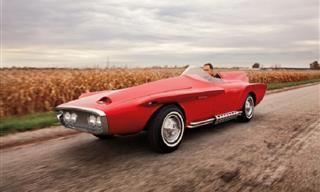
Days Of Future Past: 14 Bizarre Cars From Bygone Eras
These wacky retro car concepts are seriously so cool.
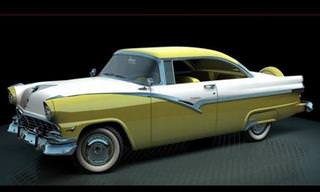
These Cars from the 40s and 50s Are Still Beautiful to Me
These classic US Cars of the 40s and 50s will make you feel nostalgic.
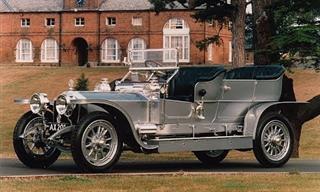 25:07
25:07
A ROYAL History of the Rolls-Royce Car
For 119 years, Rolls-Royce has exemplified a unique blend of creativity, invention, and luxury.
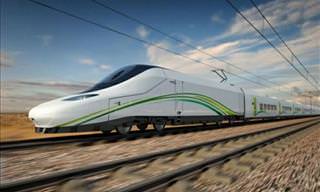
These Are the 10 of the Fastest Trains On the Planet...
Trains are a huge part of how we get things from place to place. But which are the fastest, and why is that?

You Won’t Find Cars Like These At Any Old Car Lot!
These car designs are as impressive as they are crazy and absolutely over-the-top...

Meet the World’s Most Advanced and Lethal Fighter Jets
These fighter jets are masters of the skies.

This Subway Train Has a Beautiful Secret Inside...
What looks like a regular subway from the outside, offers a suddenly luxurious experience inside!

These 17 Beautiful Vintage Cars Are a Treat to the Eyes
Fan of vintage cars? Then you will love this collection.

17 Things You Need to Know Before Going to the Mechanic
Don't be fooled by your mechanic's scams. Here are 17 essential tips to keep in mind.

13 Statues that Seem to Break the Laws of Physics
These fascinating artistic creations all seem to bend the laws of physics.

You Won’t Believe How Massive These Steam Locomotives Were
Here we present some of the largest steam locomotives ever built throughout railway history.
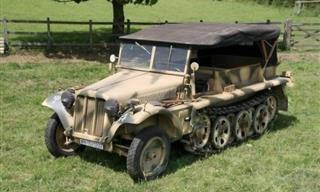
These Cars are Completely Bizarre and Hilarious!
From cars that look like other things to cars that look like they are about to fight zombies to cars that are half a motorcycle!

How Far Can You Drive with a Car's Fuel Warning Light On?
Sometimes we inevitably end up cutting it too fine when it comes to the amount of gas that we have in our car. Read this guide to learn how far you can go.
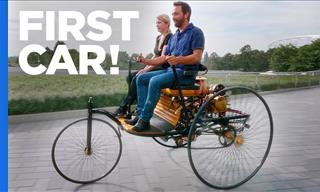 9:14
9:14
How Would It Feel To Drive The World's First Car? Find Out
Looking at vintage cars is fascinating, isn't it? Here you will get to see what it feels like to drive the replica of the world's first car.

The Fighting Elite: 10 Modern and Dangerous Tanks!
These are the 10 most advanced war machines you can find on the battlefield around the world.

Armored History: 10 Most Important Tanks of WWII
Tanks were a significant factor in most of the main fighting theatres in World War II. Here are 10 important models any history buff should know.
 19:21
19:21
You Wouldn’t Have Seen Such Unique Railroads Before
Not all railway tracks are about standard straight lines. Here are the most amazing train tracks from around the world...

These Cars Are So Obscure, Even We Didn't Know About Them!
It's sad to think that some of these extraordinary sports cars are so obscure. Here are 10 highly obscure sports cars.

The 10 Worst Jet Airplanes Ever to Fly...
From the farcical, to the catastrophic and downright dangerous, these are the 10 worst jet airplanes ever.

7 Beloved Grand Cars Reimagined as Today's Cars
Here’s how some discontinued car models would look if they made a comeback in 2021.

These Are the Most Incredible Trains Ever Built
While many trains in operation today are no more than a means of very mundane transport, these 10 amazing trains will be remembered forever.
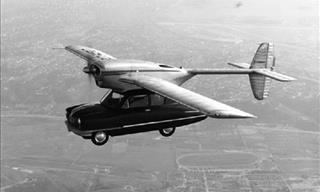
The World’s 8 Most Amazing and Unique Flying Cars
Check out some of the most amazing and unique flying cars that have actually existed.
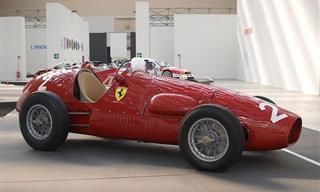
20 Photos Showing the Evolution of the Formula 1 Cars
In the series of images before you, you'll find the crown jewels; some of the best cars that won the Formula 1 championship in different periods.
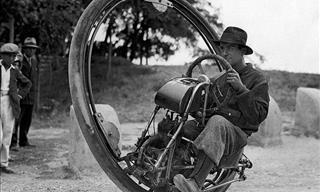
13 Unusual Vintage Vehicles You’ve Probably Never Seen
Take a look at this collection of classic pictures showing the weirdest and coolest vintage vehicles from history.



